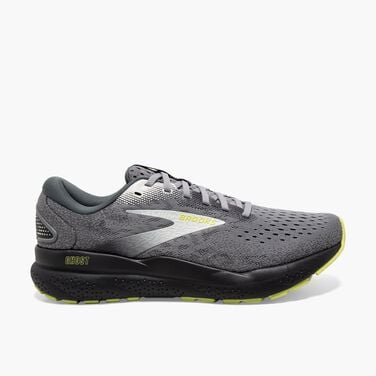Post-marathon recovery plan: How to safely and effectively return to running

After months of rigorous training and dedication, you've finally crossed the finish line. You've achieved a milestone that few can claim, but the journey doesn't end there. Post-marathon recovery is just as important as the training itself.
Completing a marathon can be an incredible high, but many runners experience post-marathon depression—a feeling of emptiness in the days that follow. To combat the post-marathon blues and avoid injuries, prioritizing your physical and mental recovery is key. Ready to get back on track? Let's dive into our week-by-week post-marathon recovery plan, including essential post-marathon recovery tips, so you can safely and effectively return to your running routine.
Jump to section:
How to recover after a marathon: The reverse taper method
To recover post-marathon, the reverse taper method is your best strategy. You’re probably familiar with the taper method, which gradually reduces training volume and intensity before a race. The reverse taper method flips that approach, progressively increasing your training volume and intensity after a marathon. This strategy aims to maximize post-marathon recovery while minimizing the risk of injury.
We've put together a four-week plan to guide you through the recovery process, helping you safely return to running after a marathon. By listening to your body and avoiding overtraining, you'll ensure a smooth recovery, so you can take on your next running challenge with confidence.
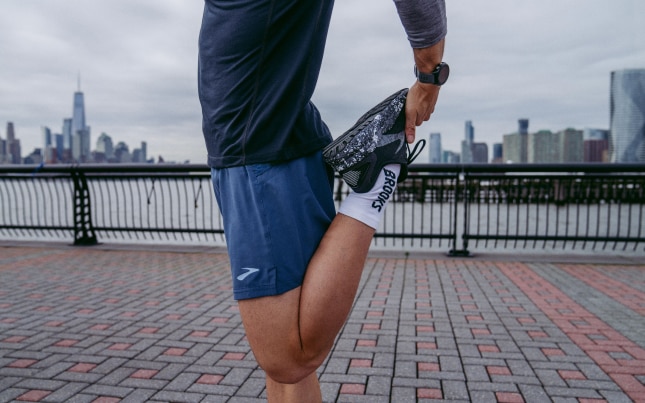
Week 1: Active recovery
You've conquered the marathon—now it's time to give your body the TLC it deserves. For the first three days, prioritize rest with some gentle stretching and foam rolling. However, the day after your marathon, it's crucial to do 15–30 minutes of light exercise, like swimming or cycling. This helps prevent your body from going into shock, which can happen when you abruptly stop all activity after such an intense effort.
From days 4–7, it's all about easing back into movement. Light activities like walking and gentle yoga are perfect for this stage.
Recommended exercises: Stretching, foam rolling, walking, yoga
Get the gear: The Ghost provides balanced comfort and support for neighbourhood strolls, while our tights and pants for men and women offer the optimal blend of breathability and hold during yoga sessions.
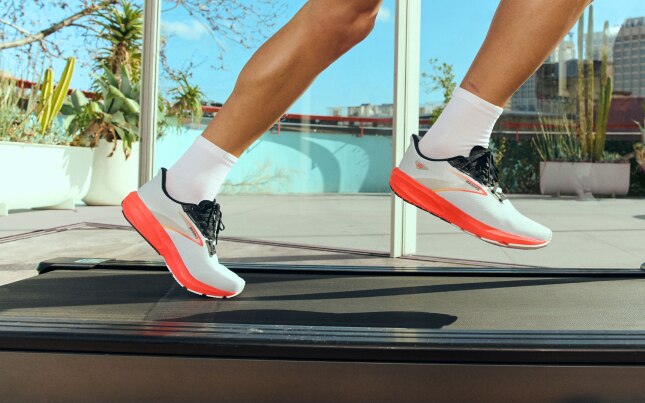
Week 2: Gentle return
As you continue your post-marathon recovery journey, it's time to gently ease back into running and cross-training. From days 8–14, incorporate both easy runs and cross-training exercises into your workouts. This week is all about finding balance—reintroducing running after a marathon while still allowing your body the rest it needs to heal. By mixing light runs with low-impact exercises, you'll maintain your fitness without putting undue stress on your muscles and joints.
Run routine: 2–3 easy runs of 20–30 minutes at a conversational pace, with 5–10 minutes of walking before and after
Recommended exercises: Cycling, swimming, light strength training
Get the gear: The Glycerin 21 offers a plush ride during easy runs, while the Levitate 6 provides springy support for cross-training. Pair these with a piece from our Luxe Collection for buttery soft comfort during workouts.
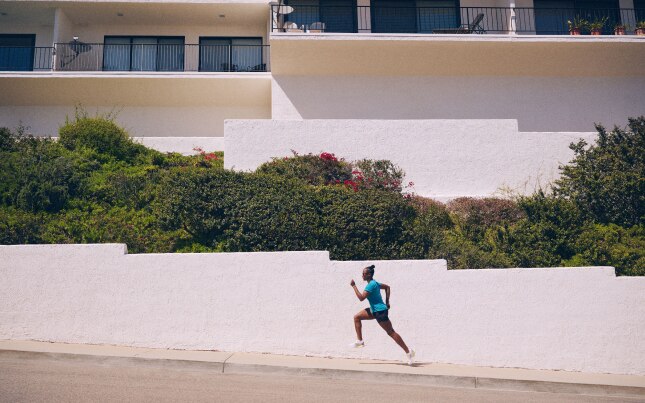
Week 3: Building volume
Building on the foundation set in week 2, this week focuses on increasing your running volume. From days 15–21, mix in cross-training with longer runs to gradually ramp up your activity level. This week is about helping your body adapt and build strength without overexertion.
Run routine: 30–40-minute runs at a conversational pace
Recommended exercises: Higher-intensity strength training activities, such as lower body exercises and dumbbell presses
Get the gear: A hoodie or long sleeve from our Luxe Collection provides stretchy, on-the-move comfort for cooler runs, while the Launch 10 offers responsive cushioning for both runs and cross-training sessions.

Week 4: Incorporating variety
As you reach the final week of your post-marathon recovery plan, it's time to incorporate variety into your routine. From days 22–28, alternate running with cross-training while also including rest or active recovery days. This approach keeps your workouts engaging and ensures balanced muscle development.
Run routine: 20–30-minute runs with increased intensity
Recommended exercises: Challenging strength training activities mixed with recovery activities like walking or yoga
Get the gear: A quick-drying short sleeve offers distraction-free comfort during high-intensity workouts, while the Hyperion 2 provides light, responsive support for speedy training days.
Ready for the road ahead
Gradually returning to running after a marathon is crucial for a safe and effective recovery. By following the reverse taper method and incorporating the right gear, you can minimize the risk of injury and enhance your overall post-marathon recovery progress. Whether you're easing back into your routine or gearing up for your next big challenge, Brooks has the perfect gear to keep you moving forward. Shop running gear for men and women to find your new favourites.
Shop this article
This is a carousel. Use next and Previous buttons to navigate.
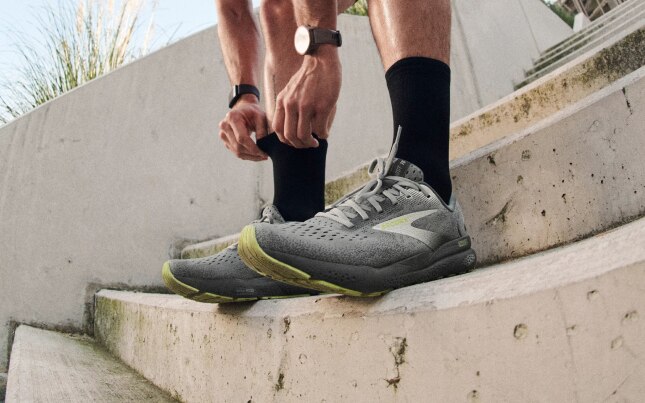
Disclaimer: Our writer's advice is intended for informational or general educational purposes only. We always encourage you to speak with your physician or healthcare provider before making any adjustments to your running, nutrition, or fitness routines.


